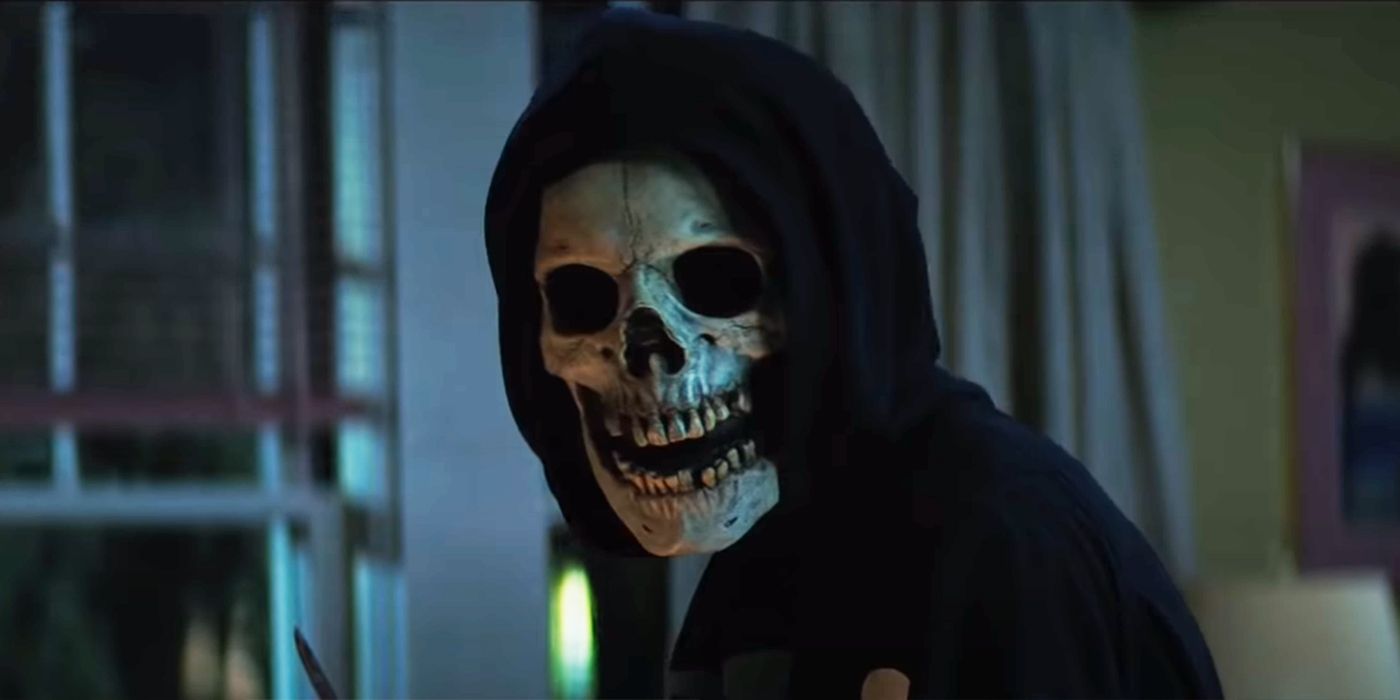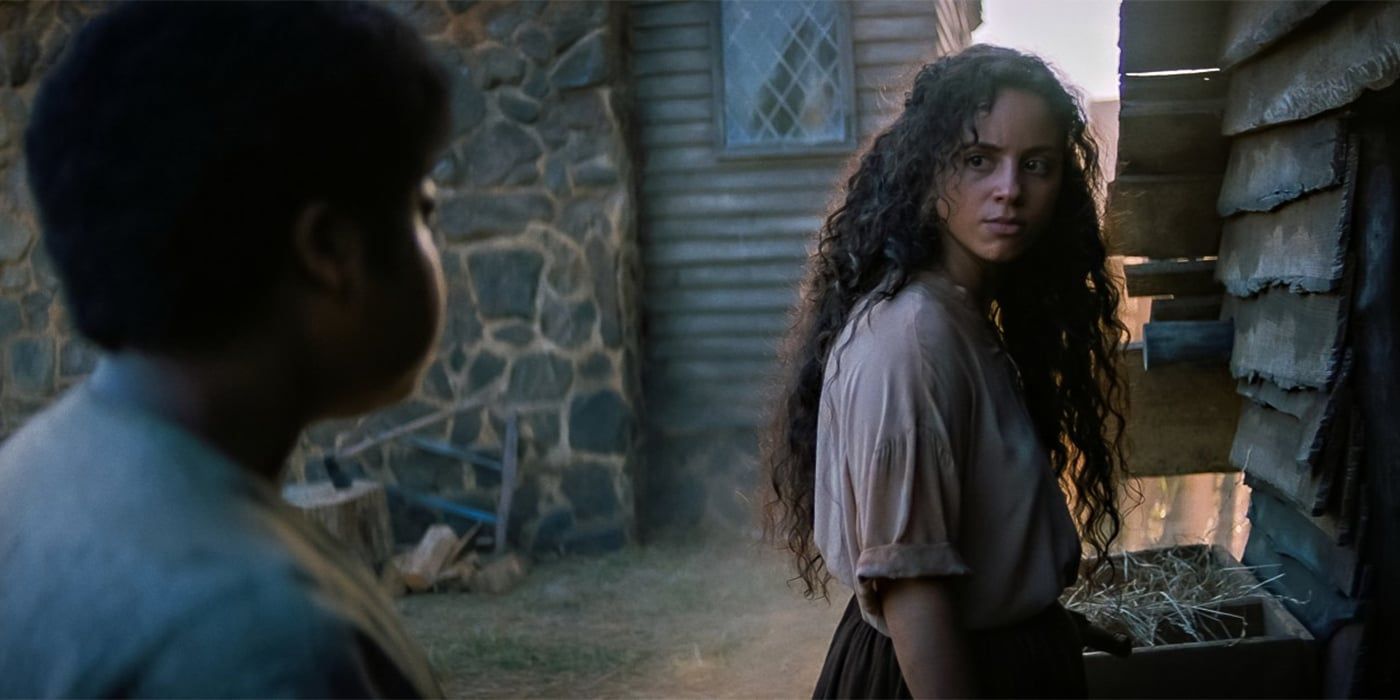The Fear Street film franchise, based on R.L. Stine’s Fear Street book series was released on Netflix on three consecutive Fridays in July. Fear Street comprised of 17 books and was Stine’s way of creating books targeted towards an older, teenage audience.
Director Leigh Janiak took a completely different route from the series as well as the way the Goosebumps books were adapted. Where the Goosebumps films utilized all of R.L. Stine’s stories and monsters into one plot, Janiak invented an entirely new plot with the Fear Street films. Janiak seemed to take more inspiration from past slasher films (The entire opening scene from Fear Street Part One: 1994 is an homage to the opening scene from the original Scream), as opposed to the Fear Street books. The Fear Street movies could have (and maybe should have) done the same thing as the Goosebumps films, integrating the original stories into one cohesive story.
Goosebumps is a series of extremely popular children’s horror fiction novels. The books were so successful that shows, movies, and games were adapted from it. The Goosebumps show ran for four seasons from 1995-1998, in which each episode focused on one of the books. The book series also got a film series out of it, with Rob Letterman’s Goosebumps (2015) and Ari Sandel’s Goosebumps 2: Haunted Halloween (2018), starring Jack Black as young R.L. Stine. The first film focuses on R.L. Stine and his neighbor (Dylan Minnette), who must save their town after all the monsters from the Goosebumps franchise escape. Goosebumps 2: Haunted Halloween revolves around two best friends, Sonny and Sam, who meet Slappy, the iconic talking dummy from the original book series. Unlike these films that center heavily on the actual characters and stories of Goosebumps, Janiak’s Fear Street, although an interesting homage to past horror films, doesn’t really focus on any of the books but more on the general narrative and tone.
Fear Street Part One: 1994 was released on Netflix on July 2nd. The film opens up in the Shadyside mall, with an employee named Heather (Maya Hawke) who is all alone after her shift. An homage to Drew Barrymore’s death in Scream, Heather dies a horrible death as she gets stabbed to death by a person in a mask similar to Ghostface. The film then continues in typical slasher film manner, following a group of defiant teenagers. This time, the group of adolescents is haunted by an ominous being that's been in Shadyside, Ohio for three centuries: Sarah Fier, a witch who was hung in the town in 1666. Aside from her, there are many other sinister spirits haunting the town as well.
Fear Street Part Two: 1978 clearly takes inspiration from the slasher summer camp films, specifically Friday The 13th. The film takes place at Sunnyvale summer camp, which was built on the site of Sarah Fier’s hanging. Fear Street Part Three: 1666, possibly the weakest in the installment, is where all the films connect, focusing on the witch hunt of Sarah Fier, and seeing how everything from the past affects the teenagers in 1994. As compelling as these stories are, the connection between the movies and the books appears slim.
With nostalgia for the 90s being so strong, the Fear Street films could have capitalized off that and made Goosebumps for adults. Instead, Janiak said that the film trilogy only loosely takes inspiration from the first three of the Fear Street books: The Betrayal, which focuses on Nora, a girl who lives in Shadyside and uncovers the secret of a young girl who was burned at stake on Fear Street. The second book in the franchise, The Secret, follows the story of the fear family curse, and the third book, The Burning, goes into the history of Fear Street and how it became a cursed area.
In an interview for RogerEbert.com, director Janiak stated that: "Every story takes place in this town called Shadyside and focuses on a different person who lives on Fear Street, but the films aren't a direct adaptation of any individual story." With this being said, it seems that it would have made more sense and been more consistent if Janiak combined the books into one story like the Goosebumps films did. The stories in the books do subtly tie in with the film, mainly with Shadyside being cursed because of Sarah Fier, but aside from that, the Fear Street trilogy stands on its own.
As fun and gruesome as these films are, it just isn’t R.L. Stine’s Fear Street that fans know and love. Although not being the Goosebumps for adults that maybe Janiak should have done, she still succeeded in modernizing the popular horror sub-genre. Certainly, a smart decision was made at updating the characters and completely altering typical slasher film tropes, specifically having the protagonist Deena being part of the LGBTQ+ community. In the end, Janiak recaptured that fun tone that seems to have been lost long ago with teen slasher films, and it seems as though she brought back a resurgence in them.


